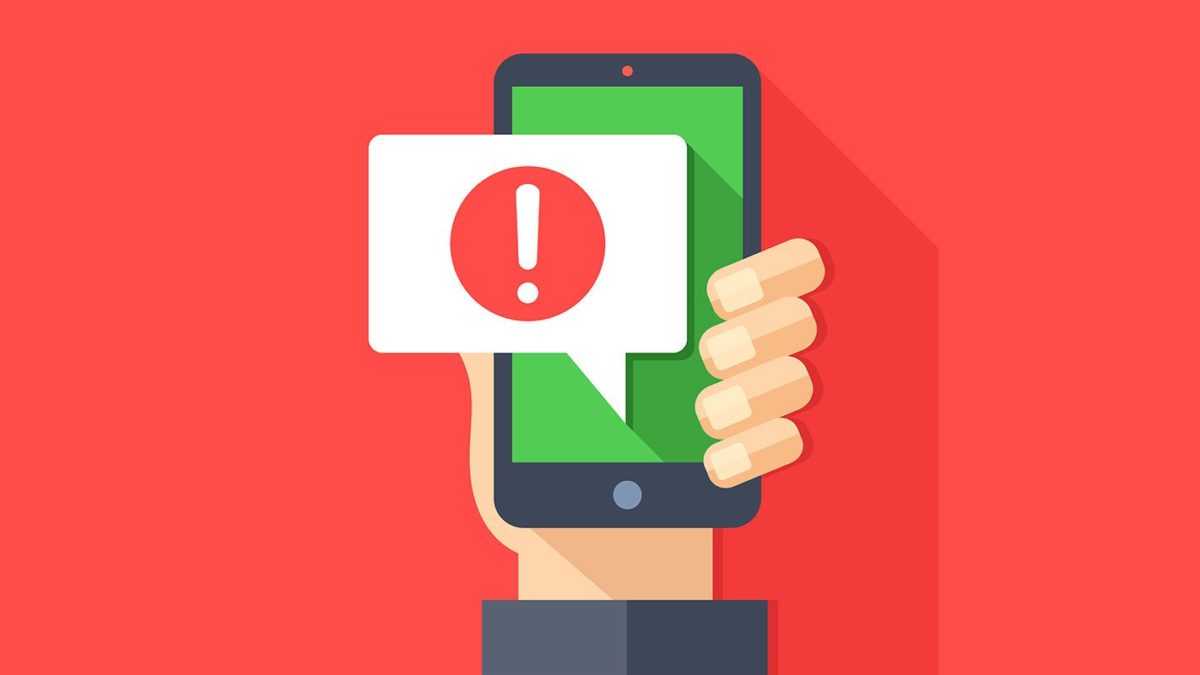While both push notifications and in app notifications have the capability to transmit messages to users, there are contextual disparities that render one option more suitable than the other in specific circumstances. In app notifications refer to tailored visual displays that deliver messages to users within the confines of an application, whereas push notifications possess the capability to reach consumers at any given moment but are subject to a greater number of regulations and guidelines.
Visitinghttps://www.nashpush.com/blogs/push-notifications-vs-in-app-notifications will allow you to get a clear understanding of both terms, which in return will help you define the appropriate timing and manner in which to employ various forms of notifications in accordance with the requirements for your online business.
When to use in app notification
One apparent advantage of in app notifications is their potential to be seen as anticipated communication rather than unsolicited communications. They are not subject to the same limitations in terms of copy and visuals as push notifications. Before developing your notification, it is important to note that there are no specific word count or typical user interface constraints that need to be taken into consideration.
Apart from visual aesthetics, it is important to know when to develop a good in app notification:
- Manual for new users. This type of convenient instructional guide aims to provide new users with comprehensive information on how to effectively utilize the application and optimize its functionality to derive maximum benefit from its diverse range of features.
- Info on upcoming updates. Highlight the latest enhancements or modifications by providing a comprehensive explanation of their functionalities and offering guidance on how to access their advantages.
- Official announcement. You can provide app users with any essential information pertaining to the application.
In app notification is more effective for target audiences who engage actively with your application. Using this tool facilitates the extension of in app session duration and concurrently fosters the development of client relationships.
When to use push notification
Mobile marketers must be extra careful when it comes to the content, timing, and frequency of their marketing efforts to achieve desired outcomes. Excessive utilization of push notifications may result in adverse consequences, as users may opt to permanently remove your application or disable push notifications. The instances in which push notifications are used are:
- Transactional info. Such push notifications can be utilized to disseminate order confirmation, delivery updates, and welcome messages to users.
- Promotions. Push notifications can be utilized as a means to advertise the application itself by promoting it, and providing users with discounts and special offers they are informed about through the push notifications.
- Standard application reminders. Mobile marketers can implement re-engagement techniques to attract inactive users. This can be achieved by sending alerts that have clear calls-to-action that can be easily acted upon with a single tap.
Push notifications and in app notifications can complement each other well as part of a bigger mobile marketing plan. When used together, in app messaging and push notifications may do wonders for user engagement. Collectively, they have the potential to boost app open rates, as well as engagement and retention in the early going.
